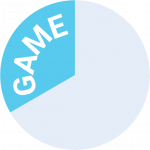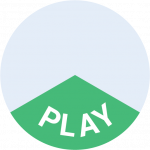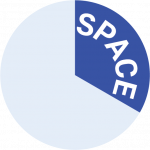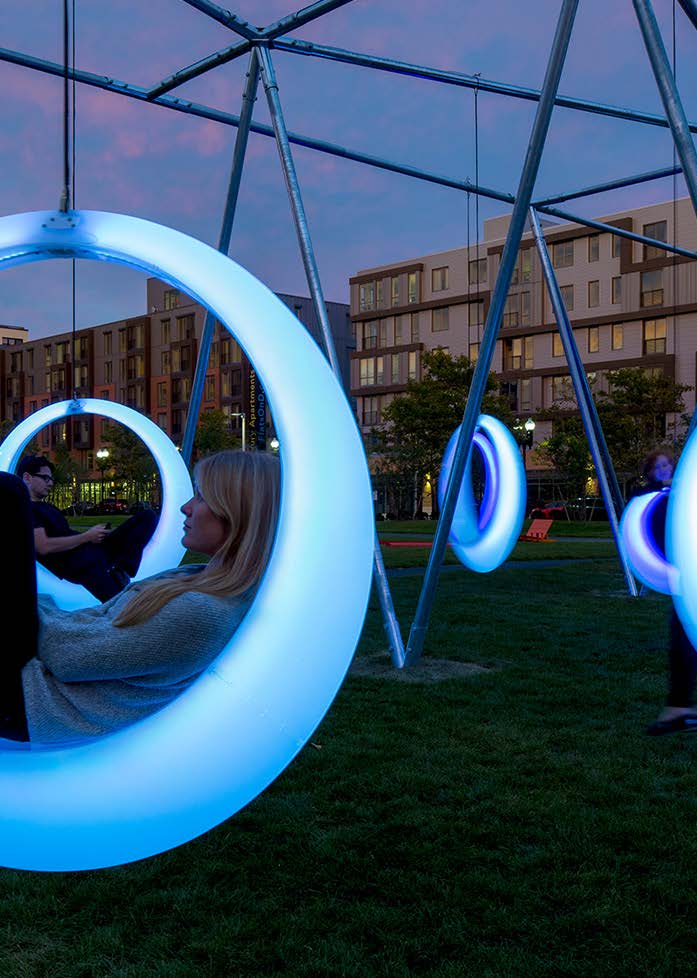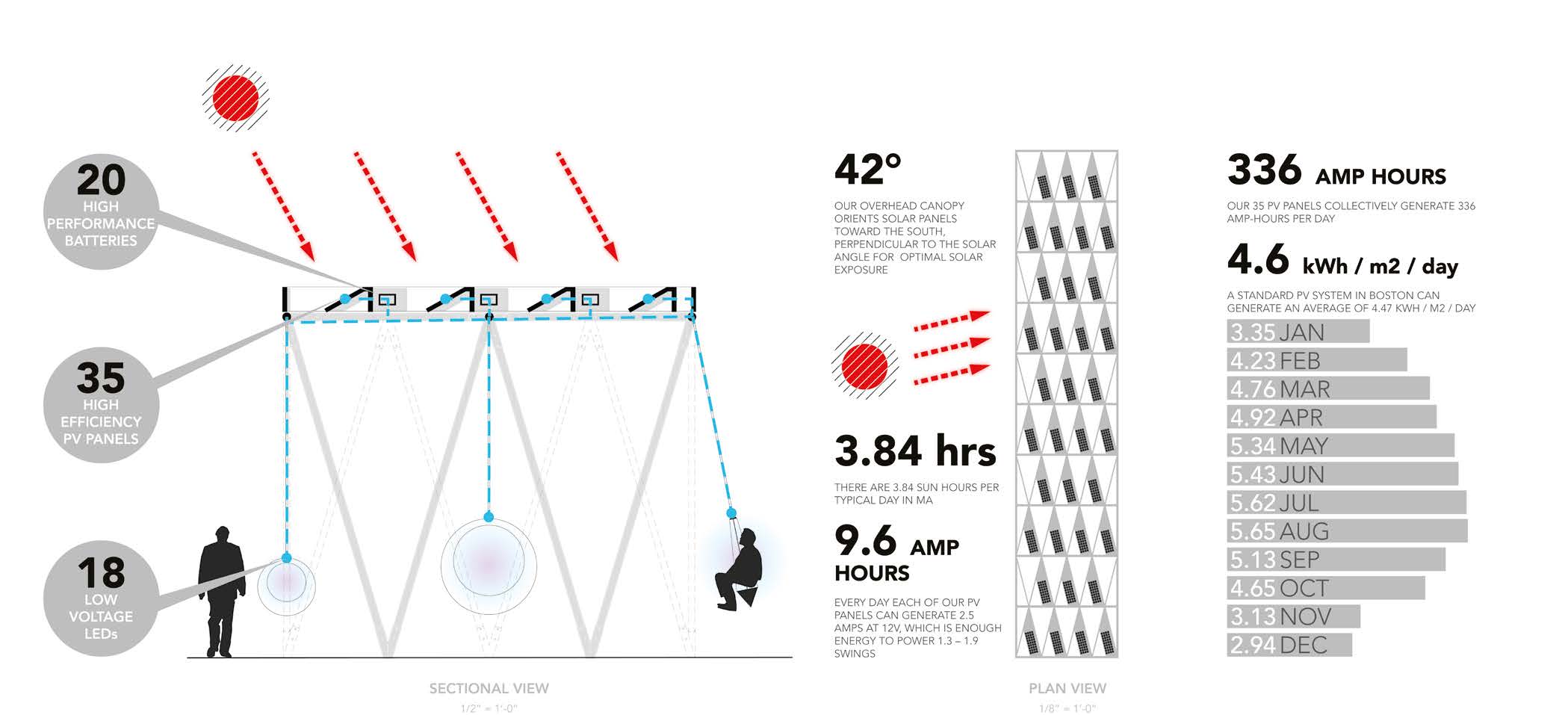(Created page with "{| |- | <h2>Author:</h2> | <h3>Höweler + yoon architecture</h3> |- | colspan="2" | <h4>Boston, usa, 2014 |- | colspan="2" |http://www.howeleryoon.com/work/48/swing-time |} {{...") |
(Added authors and description) |
||
| Line 4: | Line 4: | ||
<h2>Author:</h2> | <h2>Author:</h2> | ||
| | | | ||
<h3> | <h3>Angel bondov + Todor Kesarovski + |In|Formal</h3> | ||
=== Association === | |||
|- | |- | ||
| colspan="2" | | | colspan="2" | | ||
<h4> | <h4>Bulgaria and Norway, 2019 | ||
|- | |- | ||
| colspan="2" | | | colspan="2" | | ||
|} | |} | ||
{{GAME | {{GAME | ||
| Line 60: | Line 62: | ||
The tool (game), presented in this application is based on an actual experience of implementing bottom-up urban transformations, relying extremely on appropriate facilitation of stakeholders and available resources. In the process of our work, we have collaborated and interacted with a lot of different types of people. In some cases these collaborations have brought successful contributions and in others additional challenges. This motivated us to work towards the development of tool / game that can help us optimize the process and focus on the social part of the urban (re)development. That’s why we initially defined 10 archetypes, characterizing specifically diverse types of people we interacted with during our work. In addition, we also elaborated on actual challenges and situations that we personally faced within our practice. These two decks of cards – Persona cards and Case cards - are the building blocks of our gamification concept, called ‘Placemaking Facilitation Game’. Without seeking for deep academic validity of the method, we have effectively applied the tool in the planning stages of actual placemaking and urban renewal initiatives which we have facilitated for the last two years. The results of utilising the game were pre-dominantly encouraging in regards to the incorporation of different actors' perspectives, despite their role in the process as member of the local administration, design professionals, NGOs or activists. | |||
The tool is based on a gamefication principle to promote a co-creative setting for different actors to contribute. The major strength of the tool is on the topics of community engagement and interests management but it also represents a multi-faceted approach to the planning, design and management of public spaces. The game has been applied in two major directions: | |||
1) as an educational and evaluation means through workshops regarding (hypothetical/realised) projects and cases; | |||
2) as an operational means for different stakeholders, helping them to find an easy way to coordinate their ideas / challenges related to the place they inhabit / work with. | |||
Based on our experience with the game, we are currently exploring the possibilities for ‘Placemaking Facilitation Game’ to scale up to different domains, not only related to urban planning. That ambition is based on the fact that the archetypes, defined for placemaking purpose, are often met in other life situations. That’s why we see this tool as an original and innovative way to attract people’s attention to various domains, while simultaneously giving them practical knowledge to solve real problems. | |||
To sum up, the idea behind the tool is to empower various stakeholders, involved in urban (re)development processes, to be able to see the process from different point of view. This has the capacity to broaden the mind-set horizon of these stakeholders and might improve the way cities are (re)developed nowadays. | |||
<br /> | <br /> | ||
Revision as of 13:15, 8 September 2020
Author: |
Angel bondov + Todor Kesarovski + |In|FormalAssociation |
Bulgaria and Norway, 2019 | |
The tool (game), presented in this application is based on an actual experience of implementing bottom-up urban transformations, relying extremely on appropriate facilitation of stakeholders and available resources. In the process of our work, we have collaborated and interacted with a lot of different types of people. In some cases these collaborations have brought successful contributions and in others additional challenges. This motivated us to work towards the development of tool / game that can help us optimize the process and focus on the social part of the urban (re)development. That’s why we initially defined 10 archetypes, characterizing specifically diverse types of people we interacted with during our work. In addition, we also elaborated on actual challenges and situations that we personally faced within our practice. These two decks of cards – Persona cards and Case cards - are the building blocks of our gamification concept, called ‘Placemaking Facilitation Game’. Without seeking for deep academic validity of the method, we have effectively applied the tool in the planning stages of actual placemaking and urban renewal initiatives which we have facilitated for the last two years. The results of utilising the game were pre-dominantly encouraging in regards to the incorporation of different actors' perspectives, despite their role in the process as member of the local administration, design professionals, NGOs or activists.
The tool is based on a gamefication principle to promote a co-creative setting for different actors to contribute. The major strength of the tool is on the topics of community engagement and interests management but it also represents a multi-faceted approach to the planning, design and management of public spaces. The game has been applied in two major directions:
1) as an educational and evaluation means through workshops regarding (hypothetical/realised) projects and cases;
2) as an operational means for different stakeholders, helping them to find an easy way to coordinate their ideas / challenges related to the place they inhabit / work with.
Based on our experience with the game, we are currently exploring the possibilities for ‘Placemaking Facilitation Game’ to scale up to different domains, not only related to urban planning. That ambition is based on the fact that the archetypes, defined for placemaking purpose, are often met in other life situations. That’s why we see this tool as an original and innovative way to attract people’s attention to various domains, while simultaneously giving them practical knowledge to solve real problems.
To sum up, the idea behind the tool is to empower various stakeholders, involved in urban (re)development processes, to be able to see the process from different point of view. This has the capacity to broaden the mind-set horizon of these stakeholders and might improve the way cities are (re)developed nowadays.
- Purpose Activation
- Mechanics Alternative reality
- Mechanics Role play
- Mechanics Rule based play
- Mechanics Location based
- Mechanics Simulations
- Mechanics Mapping
- Mechanics Geolocation
- Mechanics Hypothesis
- Mechanics Metagame
- Technology Tools Analoge Tangibles
- Technology Tools AR VR
- Technology Tools Audio Visual
- Technology Tools Data AI
- Technology Tools Data Collection Visualization
- Technology Tools Digital Interface
- Technology Tools Mobile
- Aesthetics Sensation
- Aesthetics Imagination
- Aesthetics Assemblage
- Aesthetics Physical activity construction
- Aesthetics Realism
- Scale Metropolitan
- Scale City
- Scale District
- Scale Neighbourhood
- Scale Street
- Scale Undefined
- Audience Community
- Audience Planning expert
- Audience Stakeholders
- Audience Policy Makers
- Scope Individual
- Scope Small group
- Scope Large group
- Scope Crowd
- Scope Pre-defined
